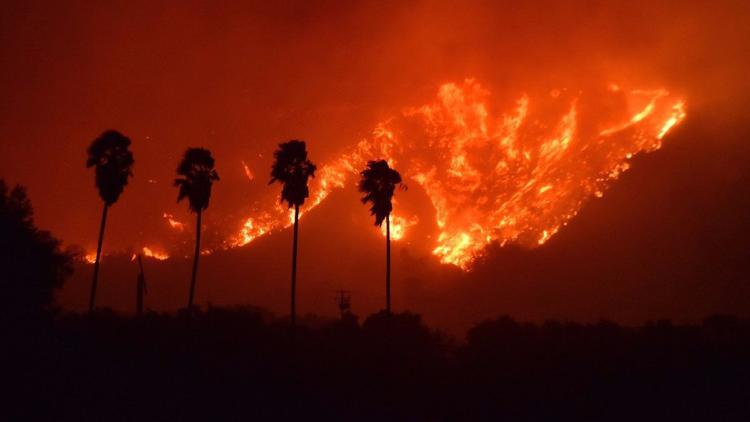Despite what some global leaders may say and think, the world is in danger. Pollution levels are at an all time high and governments are not doing enough to limit the amount of carbon that is being emitted into the atmosphere. Pure Earth, a non-profit organisation that is dedicated to fighting pollution, released a list a few years ago of the most polluting industries in the world.
Here is what its study brought to light.
10. Dyeing
The dye industry was placed at number ten on the list. Dyes can be found in all manner of products, including plastics, paper, textiles, paint etc. Artificial dyes are often used instead of more expensive and less durable natural dyes, and contain a range of hazardous chemicals that are harmful to humans and the environment.
9. Product Manufacturing
The manufacturing of consumer goods contributes a lot of pollution to the atmosphere. Factories use a range of dangerous chemicals and their waste disposal methods are often not monitored sufficiently stringently.
8. Chemical Manufacturing
‘Chemicals’ encompasses a broad range of products, from petrochemicals to pharmaceuticals and explosives. Waste products of this manufacturing often include toxic chemicals that cause environmental contamination and degradation of human health to those that live near the factories.
7. Industrial Estates
Industrial estates are areas designated for industrial activities, such as plants, warehouses and infrastructure facilities. While these estates are usually a safe distance for residential zones, compliance with contamination regulations is not always of the highest quality and seepages of chemicals are known to happen.
6. Industrial Dumpsites
Is there anything more depressing than seeing trash piled up at a landfill? The mishandling of waste products, including hazardous substances causes serious detriment to the surrounding environment and health of local residents.
5. Artisanal and Small Scale Gold Mining
When small scale gold mining operations occur, they often lack the funding needed to use state of the art extraction technology. Thus, more primitive methods are used. These methods increase the chance of toxic wastes, such as mercury, being generated and irresponsibly disposed of.
4. Tanneries
The tanning process involves transforming raw animal hides into leather for use in a variety of consumer products. Pure Earth, during its research, uncovered over 100 toxic tanning sites that do not have appropriate waste management systems in place for the dangerous chemicals tanning produces.
3. Lead Smelting
Lead smelting is when pure lead is extracted from its ore. While important, the process creates substantial waste in the form of solid waste, air-borne waste and wastewater. These toxic substances are released into the atmosphere and can have far-reaching effects on the health of humans and the planet.
2. Mining and Ore Processing
It probably won’t surprise you to see mining near the top of this list. Mining has come under fire by a number of green activist groups because of the enormous amount of waste produced from the industry. Around 7 million people across the globe are in danger health-wise because of irresponsible mining practices.
1. Used Lead-Acid Batteries
Finally we come to the main culprit of industrial pollution: used lead-acid batteries. Lead-acid batteries are most commonly used in vehicles and although they are rechargeable, eventually they lose their ability to hold any electrical charge. These batteries then become highly hazardous waste and are often poorly dealt with, leading to contamination of nearby air and water.



Comments
Post a Comment